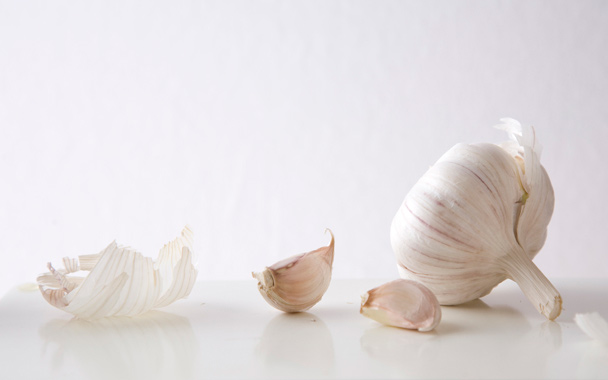From time immemorial, humans have used garlic as an herbal medicine. Today, that takes the form of a $100-million supplement industry in the United States, in addition to what we get in our diet. But until recently, no one has been able to scientifically identify what, if anything, gives the stinking rose its medicinal powers.
Now, a group of Canadian scientists claim to have found garlic’s active ingredient. It is sulfenic acid, a potent antioxidant that is produced by the decomposition of allicin, a pungent compound that gives garlic its signature odor and flavor—and helps the plant ward off pests.
According to the study, published late last year in the German journal Angewandte Chemie, sulfenic acid is extraordinarily effective at trapping potentially damaging free radicals. “No one has ever seen compounds, natural or synthetic, react this quickly as antioxidants,” said Derek Pratt, a professor at Queen’s University in Ontario and one of the paper’s authors.
But the research suggests that there is a possible downside for those unfortunate souls who rely on “odorless” garlic tablets and capsules because of an aversion to the herb’s aroma. Allicin is formed only after a garlic clove is cut, chopped, or crushed. It may not be present in those expensive compounds.
For garlic lovers out there, I offer a recipe for this simple red sauce which uses two heads of garlic and only one can of tomatoes. Enjoy it and breathe a pungent sigh of relief.




 Pinterest
Pinterest


